Home>Home Maintenance>How Do I Get Financial Assistance For Home Repairs


Home Maintenance
How Do I Get Financial Assistance For Home Repairs
Modified: March 6, 2024
Get financial assistance for home repairs with our comprehensive guide. Discover tips and resources for securing funding for your home maintenance needs.
(Many of the links in this article redirect to a specific reviewed product. Your purchase of these products through affiliate links helps to generate commission for Storables.com, at no extra cost. Learn more)
Introduction
Home repairs and maintenance are an inevitable part of homeownership. From fixing a leaky roof to repairing electrical systems, these tasks can often require significant financial resources. For many individuals and families, the cost of home repairs can be overwhelming and difficult to manage. However, there are several options available for obtaining financial assistance in order to alleviate the burden and ensure that your home remains safe and well-maintained.
In this article, we will explore various avenues to obtain financial assistance for home repairs, including government programs, nonprofit organizations, grants and loans, home repair assistance programs, community resources, homeowner insurance coverage, and tax relief options. Whether you are facing an urgent repair or planning for future maintenance needs, understanding these options will help you navigate the process of obtaining the necessary funds to keep your home in top condition.
It’s important to note that the availability and eligibility criteria of these programs may vary depending on your location and individual circumstances. Therefore, it is recommended to thoroughly research and explore the options specific to your area to determine which ones are most applicable to your situation.
Without further ado, let’s delve into the various avenues for obtaining financial assistance for home repairs and maintenance.
Key Takeaways:
- Financial assistance for home repairs is available through government programs, nonprofit organizations, grants, and loans. Homeowners facing unexpected repairs, limited income, or health issues can explore these options to alleviate the financial burden.
- Homeowners should also consider leveraging homeowner insurance coverage and exploring tax relief options to offset the costs of home repairs. By understanding and utilizing these resources, homeowners can ensure their homes remain safe and well-maintained.
Read more: How Do I Get More Storage
Understanding the Need for Financial Assistance
Home repairs and maintenance are an essential part of homeownership. Over time, the wear and tear of daily life can take a toll on various aspects of your home, such as the roof, plumbing, electrical systems, and structural integrity. These repairs not only ensure the safety of your family but also help maintain the value of your property.
However, home repairs can be costly, and not everyone has the financial means to address these expenses. Homeowners may find themselves in need of financial assistance for several reasons:
- Unexpected repairs: Often, home repairs arise unexpectedly, stemming from emergencies such as a burst pipe, a malfunctioning HVAC system, or storm damage. These unforeseen repairs can leave homeowners scrambling to find funds to fix the issues and restore their homes to a habitable condition.
- Age of the home: Older homes tend to require more frequent repairs and maintenance due to the natural aging of the materials and systems. As homes age, the need for repairs and renovations increases, resulting in increased financial strain on homeowners.
- Limited income: Financial constraints can make it challenging for homeowners to set aside funds for home repairs. Individuals or families with limited income or facing unexpected financial difficulties may struggle to allocate resources toward maintaining their homes adequately.
- Health or disability issues: Homeowners with health issues or disabilities may find it difficult to physically address the necessary repairs or perform the work themselves. In these cases, financial assistance becomes crucial to hire professionals who can address the repairs.
Recognizing the need for financial assistance is the first step towards seeking the help you require. Fortunately, there are various avenues available to assist homeowners in securing the funds needed to complete necessary repairs and maintenance. In the following sections, we will explore some of the most common options for obtaining financial assistance, ensuring that your home remains safe, functional, and comfortable.
Exploring Government Programs
When it comes to financial assistance for home repairs, government programs can be a valuable resource. Local, state, and federal government agencies often offer assistance programs designed to help homeowners cover the costs of repairs and maintenance. These programs aim to ensure that individuals and families can live in safe and healthy environments without the burden of unaffordable expenses.
Here are some government programs to consider:
- HUD Programs: The U.S. Department of Housing and Urban Development (HUD) offers several programs that provide financial assistance for home repairs. The most well-known is the Section 504 Home Repair program, which provides loans and grants to low-income homeowners aged 62 and older to address health and safety hazards or make necessary home modifications.
- Community Development Block Grant (CDBG): The CDBG program, administered by local governments, provides funding to support a range of community development activities, including home repairs. These grants are often targeted towards low-income households and individuals living in areas designated as economically distressed.
- Weatherization Assistance Program (WAP): The WAP helps low-income households increase energy efficiency and reduce energy costs through measures like insulation, weatherstripping, and furnace repairs or replacements. Improving energy efficiency not only saves money but also enhances the overall comfort and sustainability of the home.
- Homeowner Assistance Programs: Some states have specific programs to assist homeowners with repairs and renovations. For example, the California Residential Mitigation Program provides financial assistance to homeowners for seismic retrofitting to reinforce homes against earthquake damage.
These are just a few examples of the many government programs available to provide financial assistance for home repairs. To find programs specific to your area, it’s recommended to explore the official websites of federal, state, and local government agencies or contact your local housing authority or community development office.
When considering government programs, it’s important to note that each program may have its own set of eligibility criteria, such as income limits, property ownership requirements, and specific repair categories covered. Be sure to review the requirements and guidelines carefully to determine if you qualify and what documentation you may need to provide.
Government programs can be an excellent source of financial assistance for home repairs, so take the time to research and explore the options available in your area.
Researching Nonprofit Organizations
In addition to government programs, nonprofit organizations play a significant role in providing financial assistance for home repairs. These organizations are dedicated to improving the living conditions of individuals and families in need and often offer grants or low-interest loans specifically for home repairs and renovations.
Here are some steps to take when researching nonprofit organizations for financial assistance:
- Identify relevant organizations: Begin by identifying nonprofit organizations in your local community or surrounding areas that focus on housing assistance. Many of these organizations have specific programs or initiatives dedicated to helping homeowners with home repairs. Examples include Habitat for Humanity, Rebuilding Together, and NeighborWorks.
- Check eligibility criteria: Once you’ve compiled a list of organizations, visit their websites or reach out to them directly to gather information about their eligibility criteria. Nonprofit organizations usually have specific requirements related to income level, homeownership status, and the types of repairs they assist with.
- Application process: Familiarize yourself with the application process for each organization. This may involve submitting an application form, providing documentation such as proof of income or homeowner status, and possibly even attending an interview or assessment.
- Review available assistance: Take the time to understand the types of financial assistance offered by each organization. Some organizations may provide grants that do not need to be repaid, while others may offer low-interest loans or other forms of financial support. Consider which options align best with your specific needs and financial circumstances.
- Additional services: Nonprofit organizations often offer additional services beyond financial assistance, such as home improvement education, volunteer-led repairs, or referrals to local contractors. Explore these opportunities to gain further support and guidance for your home maintenance needs.
By conducting thorough research and reaching out to nonprofit organizations, you can increase your chances of securing financial assistance for home repairs. These organizations are often dedicated to improving living conditions and have a wealth of resources and expertise to offer homeowners in need.
Remember, the availability of assistance and the specific programs offered may vary from one organization to another. Therefore, it’s essential to explore multiple options and find the organizations that best align with your needs and circumstances.
Applying for Grants and Loans
Grants and loans are common forms of financial assistance for home repairs. Grants are funds provided by organizations or government entities that do not need to be repaid, while loans are borrowed funds that must be paid back over time. Applying for grants and loans requires careful research, preparation, and documentation to increase your chances of approval.
Here are some steps to consider when applying for grants and loans:
- Research available grants and loans: Start by researching the grants and loans available for home repairs. Check with government agencies, nonprofit organizations, community foundations, and financial institutions to identify potential sources of funding. Look for grants and loans that align with your specific needs, eligibility criteria, and repayment terms.
- Gather documentation: Most grant and loan applications require specific documentation to support your request. Prepare necessary documents such as proof of income, homeowner status, property value, and repair estimates. Be thorough and organized in assembling all the required paperwork to ensure a smooth application process.
- Prepare a compelling application: Take the time to craft a compelling application that clearly communicates your need for financial assistance. Provide detailed information about the repairs required, their urgency, and the impact they will have on your home and wellbeing. Emphasize any special circumstances or challenges you may be facing that make financial assistance critical for you.
- Follow application guidelines: Pay close attention to the application guidelines and instructions for each grant or loan program. Make sure you meet all deadlines and provide all required information. Failure to adhere to the guidelines may result in your application being rejected.
- Seek professional assistance: If you find the grant or loan application process overwhelming or confusing, consider seeking assistance from professionals. Nonprofit housing organizations, community development agencies, or financial counselors can provide guidance and help with the application process. They may also offer workshops or resources to improve your chances of success.
- Maintain open communication: Throughout the application process, maintain open communication with the grant provider or loan institution. Be responsive to any requests for additional information or documentation. Keeping the lines of communication open demonstrates your commitment and professionalism.
- Be patient and persistent: Obtaining grants or loans for home repairs can be a competitive process, and not all applications will be successful. Be prepared for the possibility of rejection and remain persistent in your search for financial assistance. Keep applying to multiple sources and explore alternative funding options to increase your chances of finding the support you need.
Applying for grants and loans requires time, effort, and attention to detail. By following these steps and remaining proactive in your search for financial assistance, you can enhance your chances of securing the funds necessary to complete your home repairs and maintenance.
You can apply for financial assistance for home repairs through government programs, non-profit organizations, and local community resources. Research and reach out to these resources to see if you qualify for any assistance.
Read more: What Is Google Home Assistant
Utilizing Home Repair Assistance Programs
Home repair assistance programs are specifically designed to provide financial support and resources to homeowners in need of repairs or renovations. These programs are often administered by local government agencies, nonprofit organizations, or community development corporations. Utilizing home repair assistance programs can help alleviate the financial burden of necessary repairs and ensure that your home remains safe and comfortable.
Here are some key considerations when utilizing home repair assistance programs:
- Research available programs: Start by researching the home repair assistance programs available in your area. Check with your local government’s housing department, community development offices, or nonprofit organizations that focus on housing and neighborhood improvement. Gather information on the types of repairs covered, eligibility requirements, and any financial assistance provided.
- Review eligibility criteria: Familiarize yourself with the eligibility criteria for each program. Different programs may have varying income limits, property ownership requirements, and priorities for specific types of repairs. Ensure that you meet the necessary criteria before proceeding with the application process.
- Complete the application: Once you have identified the relevant home repair assistance programs, complete the application thoroughly and accurately. Provide all required documentation, such as proof of income, homeownership, and estimates for the repairs needed. The application process may also require an assessment of your home’s condition to determine the scope of repairs required.
- Attend information sessions or workshops: Some home repair assistance programs offer information sessions or workshops to educate homeowners on their services, eligibility criteria, and the application process. Take advantage of these opportunities to gain a comprehensive understanding and ask any questions you may have.
- Stay engaged and proactive: Throughout the process, stay engaged and proactive. Follow up with the program administrators to ensure that your application is received and being processed. Respond to any requests for additional information promptly and provide any updates or changes in your situation that may affect your application.
- Be patient and persistent: Home repair assistance programs often receive a high volume of applications, and the approval process may take time. Be patient and persistent in your pursuit of financial assistance. Keep copies of all documentation and communication, and follow up regularly to check on the status of your application. If one program is not able to assist you, explore other programs or alternative funding sources.
- Comply with program requirements: If your application is approved, ensure that you understand and comply with the program’s requirements. This may include using approved contractors, providing progress reports, or attending homeowner education workshops. Adhering to these requirements is essential to maintain eligibility and access the full benefits of the assistance program.
Utilizing home repair assistance programs can provide a significant relief for homeowners in need of repairs or renovations. By carefully researching available programs, meeting eligibility criteria, completing the application process diligently, and staying engaged throughout the process, you can increase your chances of accessing the financial assistance and resources necessary to restore and maintain your home.
Seeking Assistance from Community Resources
In addition to government programs and nonprofit organizations, your local community can be a valuable resource when seeking financial assistance for home repairs. Community resources, such as local charities, faith-based organizations, and volunteer groups, often have programs in place to help homeowners in need. These resources can provide financial support, volunteer labor, or connections to other sources of assistance.
When seeking assistance from community resources, consider the following steps:
- Research local charities and organizations: Start by researching local charities and organizations in your community that may offer assistance with home repairs. Reach out to your local United Way, community action agency, or social services department for recommendations or referrals. Look for organizations with a focus on housing, community development, or assistance to low-income individuals and families.
- Connect with faith-based organizations: Many churches, mosques, synagogues, and temples have outreach programs aimed at helping those in need. Reach out to these faith-based organizations in your area to inquire about any home repair assistance programs they may offer or if they can connect you with local resources.
- Participate in volunteer-driven repair programs: Some community organizations or nonprofit groups arrange volunteer-led home repair initiatives. These programs bring together volunteers with various skills who donate their time and expertise to help homeowners in need. Participating in these programs can provide free labor and, in some cases, materials for your home repairs.
- Seek recommendations from neighbors or friends: Reach out to your neighbors, friends, or colleagues and ask if they are aware of any community resources or assistance programs. They may have personal experience or knowledge of local organizations that can provide the help you need.
- Share your story: When reaching out to community resources or organizations, be prepared to share your story and explain your financial need. Personal accounts of hardship can sometimes resonate with individuals and organizations, increasing your chances of receiving assistance or being connected to relevant resources.
- Attend community events or workshops: Keep an eye out for community events, workshops, or fairs focused on housing, home improvement, or financial assistance. These events often provide opportunities to learn about the resources available in your community and connect directly with organizations or individuals who can provide support.
Utilizing community resources can provide valuable financial assistance, labor, and connections to support your home repair needs. By conducting thorough research, reaching out to local organizations, and actively engaging in your community, you can tap into the resources available and increase your chances of obtaining the help you require.
Considering Homeowner Insurance Coverage
When it comes to home repairs, it’s important to review your homeowner insurance coverage to determine if it can provide any financial assistance. Homeowner insurance policies typically cover damage caused by specific perils, such as fire, storms, or vandalism. If your home has experienced covered damage, filing a claim with your insurance company can help cover the costs of repairs.
Here are some considerations when it comes to homeowner insurance coverage:
- Review your policy: Take the time to review your homeowner insurance policy and understand the coverage it provides. Pay attention to specific perils that are covered and excluded, as well as the limits and deductibles that apply. Familiarize yourself with any endorsements or additional coverage options that may be available.
- Document the damage: If your home has experienced covered damage, immediately document the extent of the damage with photographs or videos. This evidence will be important when filing your insurance claim.
- Contact your insurance company: Contact your insurance company as soon as possible after the damage occurs. Follow their instructions for filing a claim and provide all necessary documentation, including the damage documentation, repair estimates, and any other requested information.
- Understand the claims process: Familiarize yourself with the claims process and timeline outlined by your insurance company. Be prepared for an adjuster to visit your home to assess the damage and provide an estimate for repairs. Cooperate fully throughout the process and keep detailed records of all communication.
- Know your coverage limitations: While homeowner insurance can provide financial assistance, it’s important to be aware of its limitations. Policies often have coverage limits and deductibles, and certain types of damage may not be covered. Review your policy’s details or consult with your insurance agent to understand any limitations that may apply.
- Consider additional coverage: Depending on your insurance policy, there may be additional coverage options available for specific repairs or types of damage not covered under the standard policy. Explore these options, such as additional coverage for sewer backup, service line repairs, or equipment breakdown, to ensure comprehensive protection for your home.
- File the claim promptly: To expedite the process, file your insurance claim promptly after the damage occurs. Insurance companies typically have specific time limits within which claims must be filed. Filing the claim promptly can help ensure a timely resolution and maximize your chances of receiving assistance.
Considering your homeowner insurance coverage is an important step in obtaining financial assistance for home repairs. Review your policy and understand the coverage it provides, take prompt action in filing a claim, and maintain open communication with your insurance company throughout the process. By leveraging your homeowner insurance coverage effectively, you can receive the financial support you need to address repair costs and restore the integrity of your home.
Exploring Tax Relief Options
When it comes to financing home repairs, exploring tax relief options can provide additional financial benefits. Depending on your location and specific circumstances, there may be tax credits, deductions, or incentives available to help offset the costs of home repairs. These tax relief options can help alleviate some of the financial burden and make necessary repairs more affordable.
Here are some tax relief options to consider:
- Home Improvement Tax Credits: Some countries or jurisdictions offer tax credits for specific home improvements that promote energy efficiency or renewable energy. These credits can help offset a portion of the costs of upgrades such as installing solar panels, energy-efficient windows, insulation, or HVAC systems.
- Home Office Deduction: If you have a dedicated home office space that requires repairs, you may be eligible for a home office deduction. This deduction allows you to deduct a portion of your home repair expenses that directly relate to your home office space.
- Casualty Loss Deduction: In the event of a natural disaster or another qualifying event that causes significant damage to your home, you may be eligible for a casualty loss deduction. This deduction allows you to deduct a portion of the repair costs that exceed any insurance reimbursements received.
- Medical Expense Deduction: If you have made home modifications or repairs to accommodate the needs of a household member with a medical condition or disability, you may be able to deduct these expenses as medical expenses on your tax return. Examples include installing ramps, widening doorways, or modifying bathrooms.
- Historic Preservation Tax Credits: If you own a historic home or live in a designated historic district, you may be eligible for historic preservation tax credits. These credits are often available to homeowners who undertake substantial repairs or renovations to preserve the historic character of their homes.
- Consult with a tax professional: Tax laws can be complex and vary depending on your location and individual circumstances. To fully understand and take advantage of the tax relief options available to you, consider consulting with a tax professional or accountant. They can provide guidance tailored to your specific situation and help ensure that you maximize the tax benefits for your home repairs.
It’s important to note that tax relief options may have specific eligibility requirements, limitations, and documentation requirements. Research the tax laws in your area, consult with a tax professional, and keep meticulous records of your home repair expenses to properly claim any available tax relief.
By exploring tax relief options, you can potentially lower the overall cost of your home repairs and take advantage of financial incentives provided by the government. Be proactive in researching and understanding the tax relief options available to you, as they can significantly enhance your ability to fund necessary repairs and maintenance.
Conclusion
When faced with the need for home repairs, obtaining the necessary financial assistance is crucial in ensuring that your home remains safe, comfortable, and in good condition. By exploring various avenues for financial support, you can alleviate the burden of repair costs and maintain the value of your property.
Government programs, such as HUD programs, CDBG, and the Weatherization Assistance Program, offer valuable resources and funds for homeowners in need. Researching nonprofit organizations dedicated to housing assistance and applying for grants and loans can also provide significant financial relief. Additionally, home repair assistance programs and community resources can offer targeted support and valuable connections within your local area.
Don’t forget to review your homeowner insurance coverage for potential assistance with covered repairs or damage. Tax relief options, such as tax credits and deductions, can further offset the financial burden of home repairs. Consider consulting with tax professionals or financial experts to fully understand and take advantage of these benefits.
In conclusion, addressing home repairs shouldn’t be a daunting and overwhelming task. By familiarizing yourself with the available financial assistance options, conducting thorough research, and being proactive in seeking support, you can navigate the process with confidence. Remember to comply with eligibility criteria, gather necessary documentation, and maintain clear communication with the relevant organizations throughout the application process.
Keeping your home safe, functional, and well-maintained not only improves your quality of life but also preserves the value of your most significant investment. By harnessing the resources available to you, you can overcome financial obstacles and ensure that your home remains a haven for years to come.
Frequently Asked Questions about How Do I Get Financial Assistance For Home Repairs
Was this page helpful?
At Storables.com, we guarantee accurate and reliable information. Our content, validated by Expert Board Contributors, is crafted following stringent Editorial Policies. We're committed to providing you with well-researched, expert-backed insights for all your informational needs.




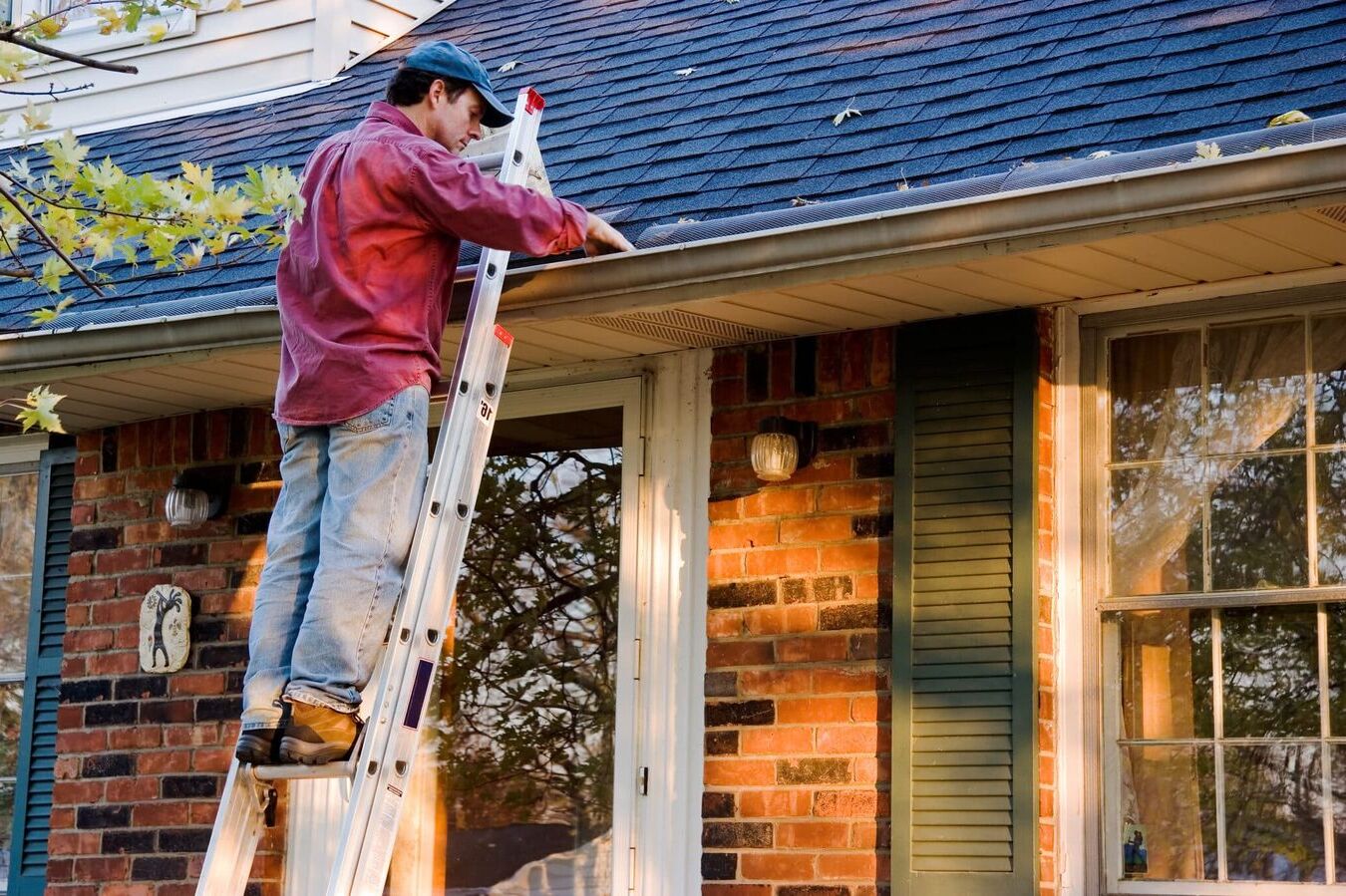

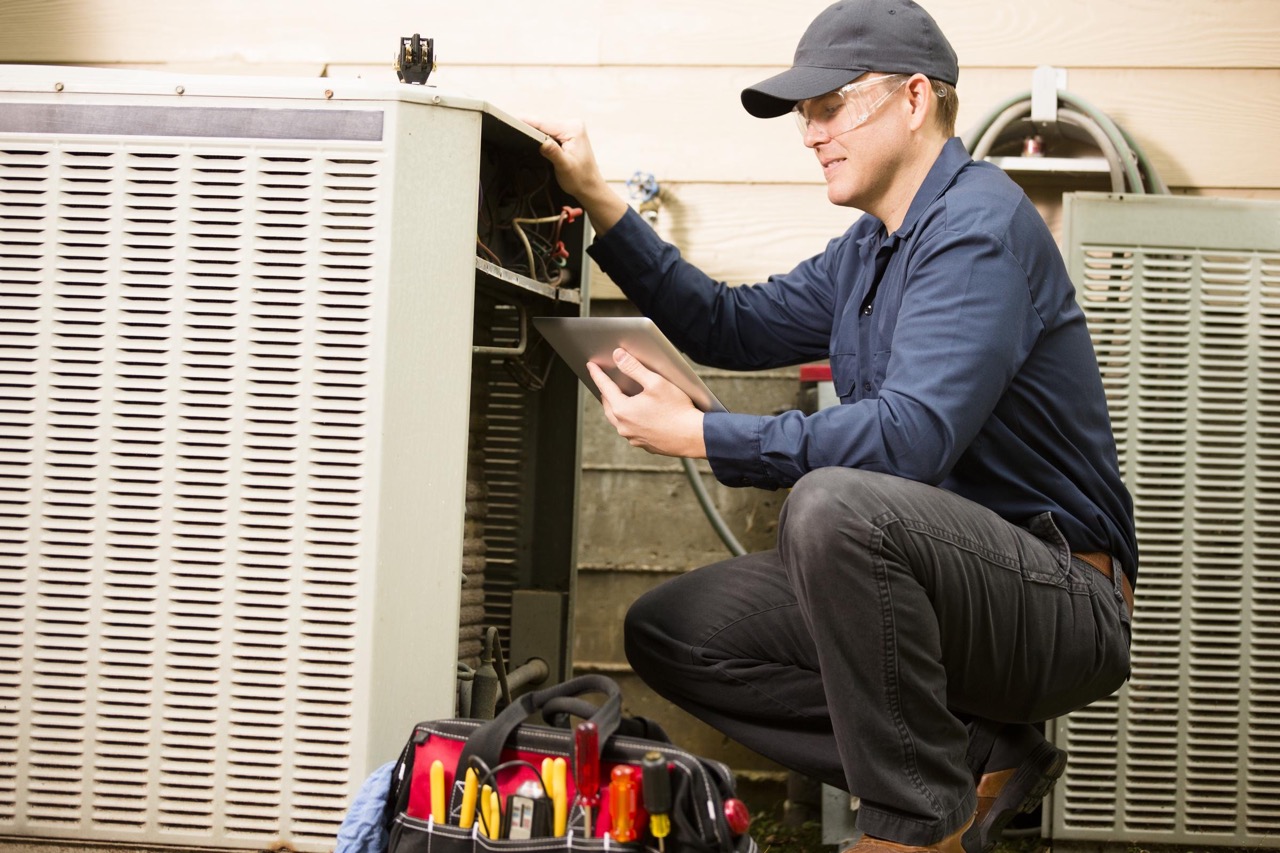
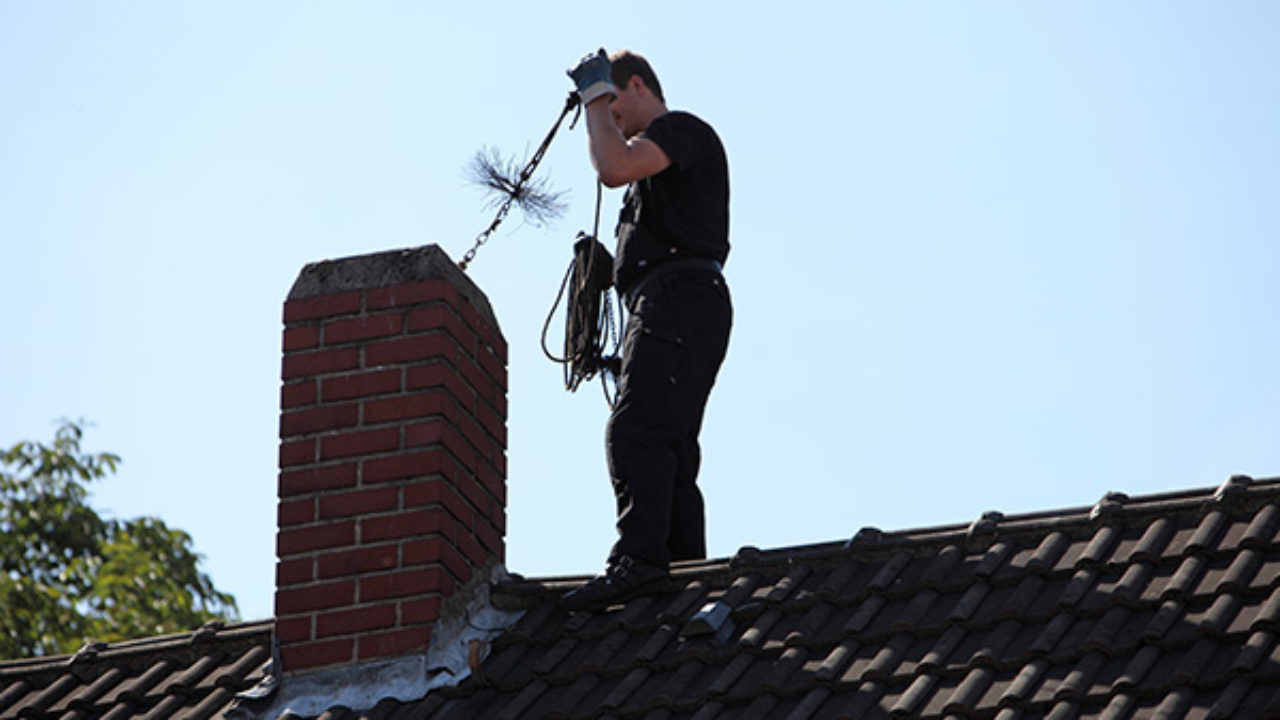

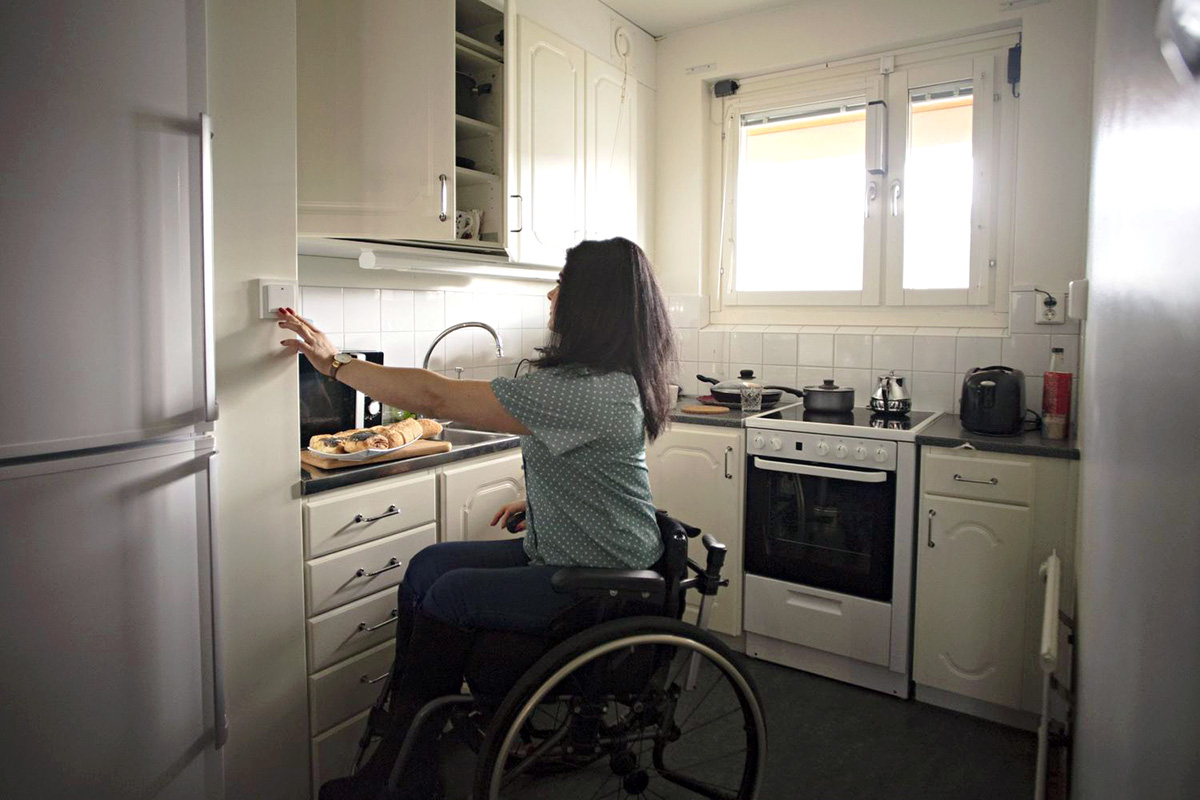


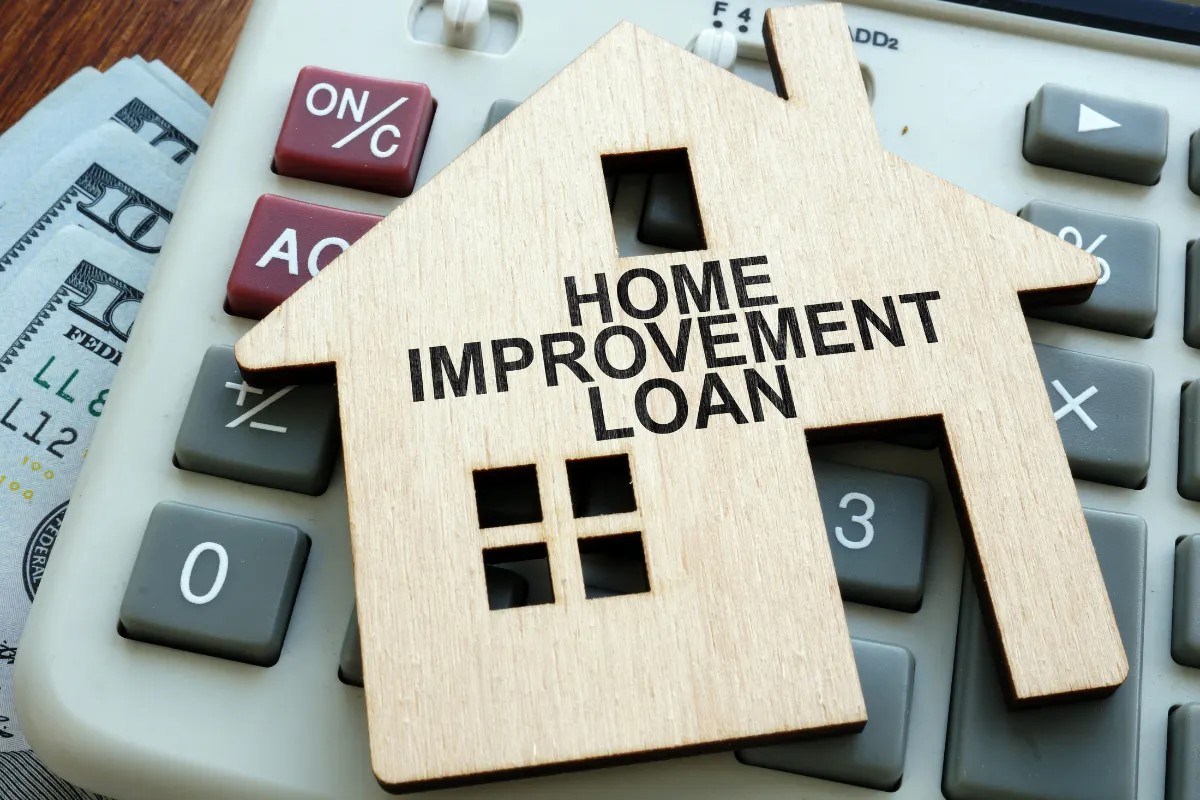

0 thoughts on “How Do I Get Financial Assistance For Home Repairs”